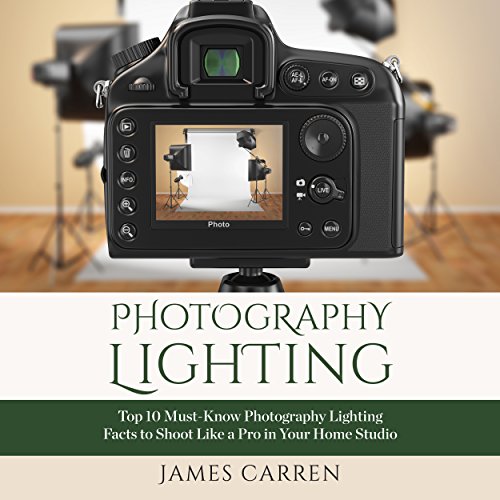Top 10 Photography Lighting Facts for Home Studio Pros

For any professional photographer, lighting is one of the most important factors that you need to consider in order to capture stunning images. Whether you’re shooting in a studio or on location, having the right lighting setup can make all the difference between a good photo and a great one. In this article, we’ll share some interesting facts about photography lighting that will help you take your skills to the next level.
Light is an essential element of any photograph.
- It’s what allows us to see the world around us and it’s what helps us to create images that are both beautiful and informative.
- The direction, color, and intensity of light can all have a major impact on the overall mood and feel of a photograph.
Natural light is the light that comes from the sun.
- It’s a great option for outdoor photography, but it can also be used in a studio setting if you have a large enough window or skylight.
- Artificial light is light that is produced by a man-made source, such as a lamp or a flashbulb.
- It’s a good option for indoor photography or for situations when you need more control over the lighting conditions.
When a photographer positions a lighting source twice as far from a subject, the subject receives four times less light. For example:
- If you move a light 2 feet away from a subject, the amount of light the subject receives is reduced by a factor of 4.
- If you move a light 3 feet away from a subject, the amount of light the subject receives is reduced by a factor of 9.
The quality of light refers to the softness or harshness of the light.
- Soft light is more flattering and forgiving, while hard light can create more dramatic images.
- The quality of light can be controlled by using different types of lighting modifiers, such as diffusers or reflectors.
The color of light can also have a major impact on the overall look and feel of a photograph.
- Warm light, such as the light from a tungsten bulb, can create a warm and inviting atmosphere.
- Cool light, such as the light from a fluorescent bulb, can create a more clinical and sterile look.
The direction of light can also be used to create different effects.
- Front lighting is a basic lighting setup where the light source is positioned in front of the subject.
- Backlighting is a more dramatic lighting setup where the light source is positioned behind the subject.
- Side lighting is a technique that can be used to create a more three-dimensional look to a subject.
The lighting ratio is a measure of the difference between the brightness of the main light and the brightness of the fill light.
- A low lighting ratio will create a more dramatic image, while a high lighting ratio will create a more soft and even image.
The golden hour is the time just after sunrise or just before sunset when the light is warm and golden.
- This is a great time for taking outdoor portraits and landscapes.
The blue hour is the time just after sunset or just before sunrise when the light is blue and ethereal.
- This is a great time for taking night cityscapes and long exposure photographs.
The best way to learn about photography lighting is to practice.
- Experiment with different lighting setups and see what works best for you.
- Don’t be afraid to make mistakes - that’s how you learn.
- Light Beads: 160 LED bulbs
- Dimmable Brightness: 1%-100%
- Color Temperature: 3200K-5600K
- CRI: >95
- Power Input: AC 100-240V 50/60Hz
- Output Power: DC 12V 2A
- Average Service Life: 50000 Hours
These are just a few of the things you need to know about photography lighting. By understanding the basics of lighting, you can take your photography skills to the next level and create images that are both beautiful and informative.